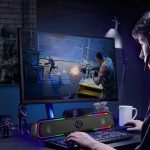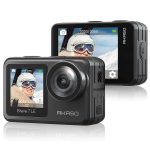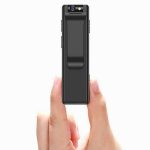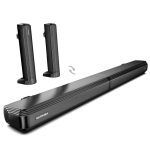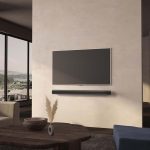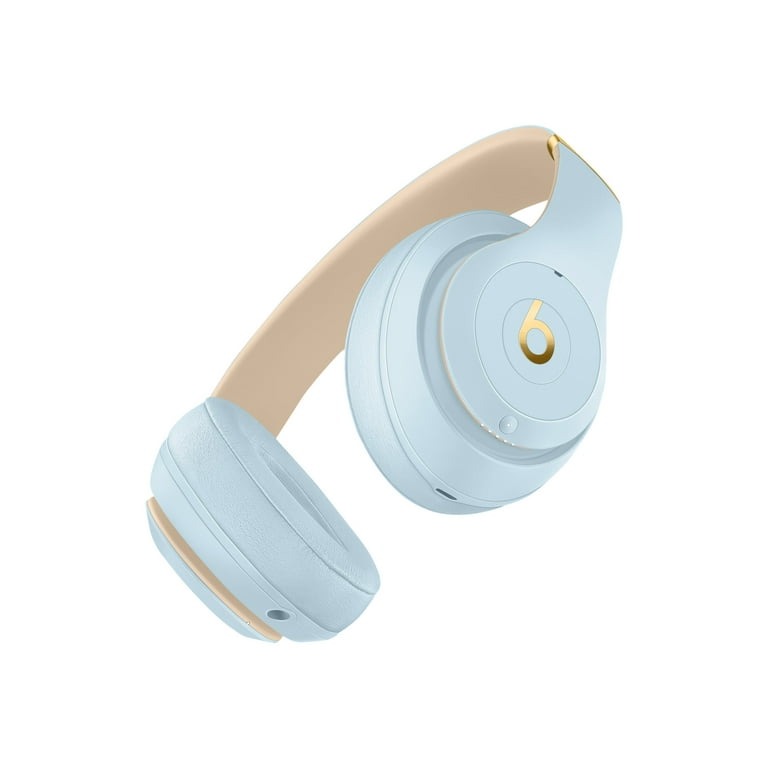Pairing Bose headphones to a computer is a straightforward process that enhances your listening experience, whether you’re watching movies, playing games, or attending virtual meetings. This guide will walk you through the necessary steps and tips for successfully connecting your Bose headphones to your computer. Understanding the pairing process can make your life easier and allow you to take full advantage of the quality sound Bose is known for.
Understanding Bluetooth Connectivity
- Bluetooth Technology: Before diving into how to pair Bose headphones to a computer, it’s essential to understand Bluetooth technology. Bluetooth is a wireless communication standard that allows devices to connect over short distances. Most modern computers and Bose headphones come equipped with Bluetooth capabilities, making wireless audio transmission seamless.
- Compatibility Check: Ensure your computer has Bluetooth functionality. In some cases, desktop computers may require a Bluetooth adapter if they don’t have built-in support. If your computer runs on Windows, macOS, or other common operating systems, it is likely compatible with Bluetooth headphones.
- Bose Headphones Features: Bose headphones come with various features designed to optimize sound quality and user comfort, such as noise cancellation and volume control. Familiarizing yourself with these features can enhance your listening experience once you know how to pair Bose headphones to a computer.
Preparing Your Bose Headphones

- Charge Your Headphones: Before attempting to connect, ensure your headphones are fully charged. A low battery can hinder the connectivity process and lead to performance issues. Checking the battery level on your headphones is crucial for a successful pairing process.
- Power On the Headphones: To initiate the pairing process, turn on your Bose headphones. You will usually hear a sound or see a light indicator confirming that the device is powered on. Properly following the instructions for powering on your device is essential when learning how to pair Bose headphones to a computer.
- Enter Pairing Mode: Press and hold the Bluetooth button until you hear a voice prompt or see a blinking blue light, which indicates that your headphones are in pairing mode. This is a vital step, as your computer will not detect the headphones unless they are in pairing mode.
Connecting to Your Computer
- Access Bluetooth Settings: Once your Bose headphones are in pairing mode, go to your computer’s Bluetooth settings. For Windows users, you can access this through “Settings” > “Devices” > “Bluetooth & other devices,” while Mac users can find it in “System Preferences” > “Bluetooth.”
- Search for Devices: Ensure Bluetooth is enabled on your computer and initiate a search for new devices. Your Bose headphones should appear in the list of available devices. If you’re unsure about how to pair Bose headphones to a computer, this step is critical for establishing a successful connection.
- Select and Connect: Click on your Bose headphones in the list of devices, then choose “Pair” or “Connect.” You may hear a confirmation sound from the headphones indicating a successful pairing. If a passcode is required, the default code is usually “0000.”
Troubleshooting Common Issues

Pairing Bose headphones to a computer can sometimes pose challenges. Here’s a guide to troubleshoot common issues you might encounter during the process:
Ensure your Headphones are in Pairing Mode
- Make sure your Bose headphones are turned on.
- Put them in pairing mode. This usually involves pressing and holding the Bluetooth button or power button until you hear a voice prompt or see a blinking LED light.
Check Bluetooth Settings on Your Computer
- Ensure Bluetooth is enabled on your computer. Go to Settings > Devices > Bluetooth & other devices and turn on Bluetooth if it’s off.
- Refresh the Bluetooth devices list by clicking on “Add Bluetooth or other device.”
Remove Previous Pairing
- Sometimes, previously paired devices can interfere with new connections. Remove any old Bluetooth connections associated with your Bose headphones:
- Go to Settings > Devices > Bluetooth & other devices.
- Find your Bose headphones, click on them, and select Remove device.
Restart Your Devices
- Restart both your computer and your Bose headphones. This can resolve many connectivity issues.
Update Bluetooth Drivers
- Ensure your computer’s Bluetooth drivers are up to date:
- Go to Device Manager.
- Expand the Bluetooth section, right-click your Bluetooth adapter, and select Update driver.
- Follow the prompts to search for updated drivers.
Bluetooth Compatibility
- Ensure that your computer supports Bluetooth and that it is compatible with the Bluetooth version of your Bose headphones.
Interference from Other Devices
- Make sure that there are no other Bluetooth devices nearby that may interfere with the connection. Turn off other Bluetooth devices temporarily to test if this is the issue.
Check for Software Updates
- Ensure that your computer’s operating system is up to date.
- If you have the Bose Music app, check for any firmware updates available for your headphones.
Connection Confirmation
- After pairing, confirm that your Bose headphones are set as the default playback device:
- Right-click the sound icon in the taskbar and select Playback devices.
- Select your Bose headphones and click Set Default.
Test with Other Devices
- Try connecting your Bose headphones to another Bluetooth device (like a smartphone or tablet) to verify they are working correctly.
Contact Support
- If you still cannot connect, contact Bose support or your computer manufacturer for further assistance.
By following these steps, you should be able to resolve most issues related to pairing your Bose headphones with your computer.
Enjoying Your Bose Headphones
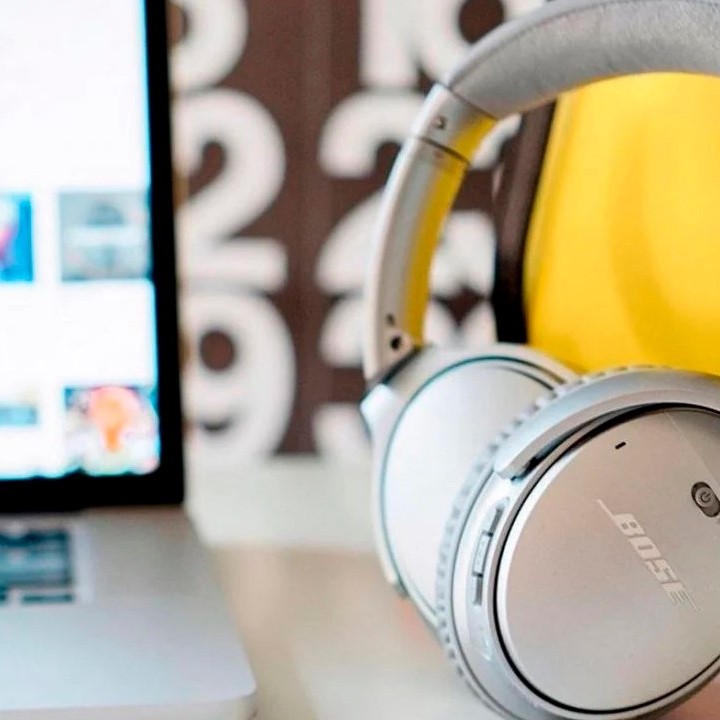
- Adjusting Settings: Once you’ve successfully paired your Bose headphones to your computer, explore the audio settings to customize your audio experience. Depending on your operating system, you may have access to equalizer settings that allow for fine-tuning sound quality.
- Taking Advantage of Features: Many Bose headphones come equipped with features such as noise cancellation, built-in microphones, and touch controls. Familiarize yourself with these features to enhance your user experience. Whether you’re on a video call or listening to music, these options can significantly improve your audio experience.
- Regular Maintenance: Regularly clean your headphones and maintain them to prolong their lifespan. Charging them appropriately and storing them in a safe place when not in use can prevent damage and ensure long-term connectivity.
By following these steps and understanding how to pair Bose headphones to a computer, you can enhance your audio experience and enjoy high-quality sound wirelessly. Whether for work or leisure, your Bose headphones will serve you well, provided you maintain them and keep the connection process simple. Enjoy your listening experience!
Keeping Your Bose Headphones Updated
Finally, to ensure the longevity and performance of your Bose headphones, it’s important to keep them updated. Bose frequently releases firmware updates that can enhance functionality, improve performance, or fix common issues. You can check for updates through the Bose Connect app or the official Bose website.
Being proactive about updates ensures that your Bose headphones remain in top condition and continue to offer the best performance. This understanding further solidifies your knowledge of how to pair Bose headphones to computer, as the initial pairing is just a part of the overall experience of enjoying your headphones to their fullest potential.
In conclusion, learning how to pair Bose headphones to computer opens up a world of convenience, from listening to your favorite music to engaging in crystal-clear video calls. Following the steps and tips outlined above will not only help in establishing a successful connection but also ensure you enjoy an optimal audio experience.
